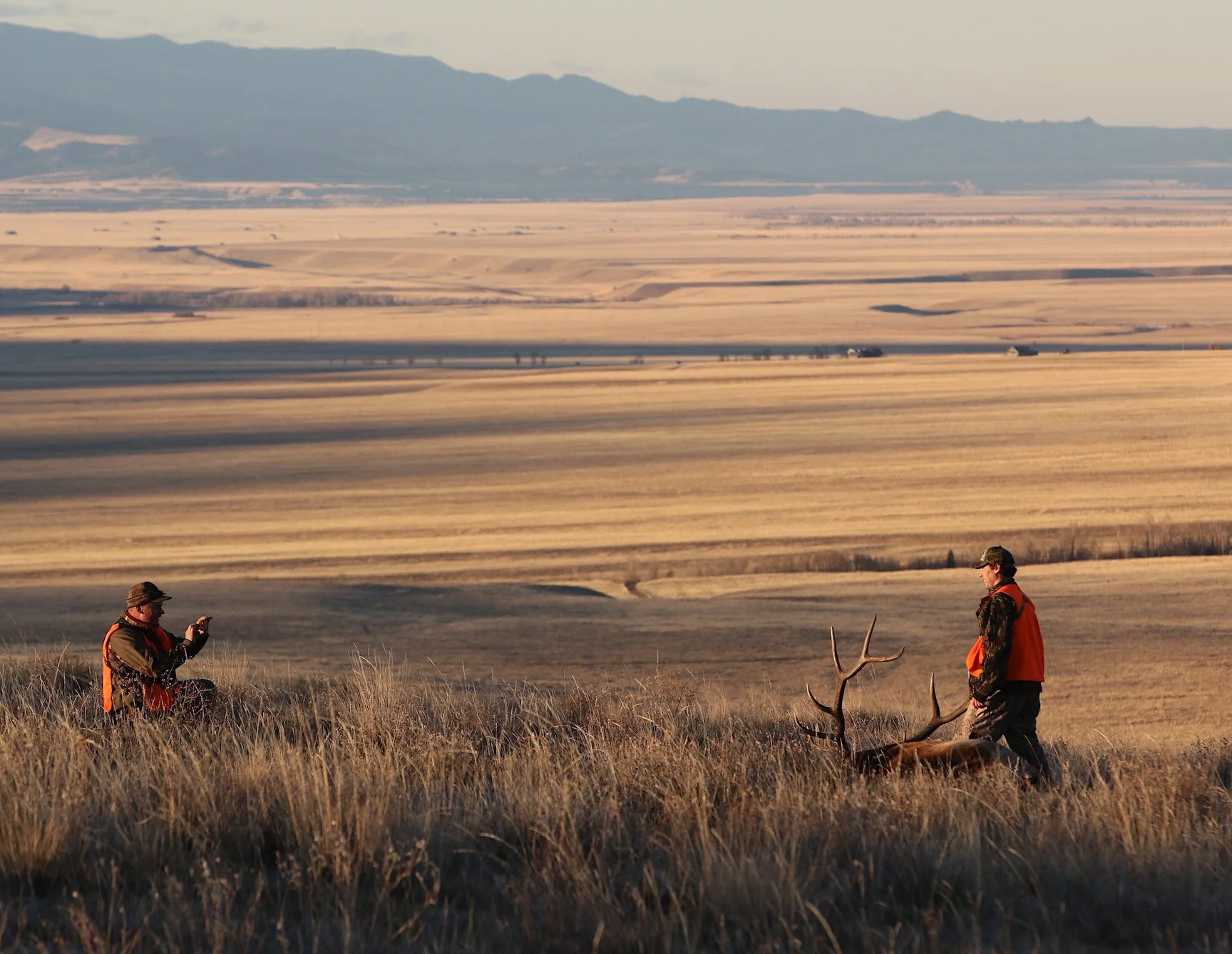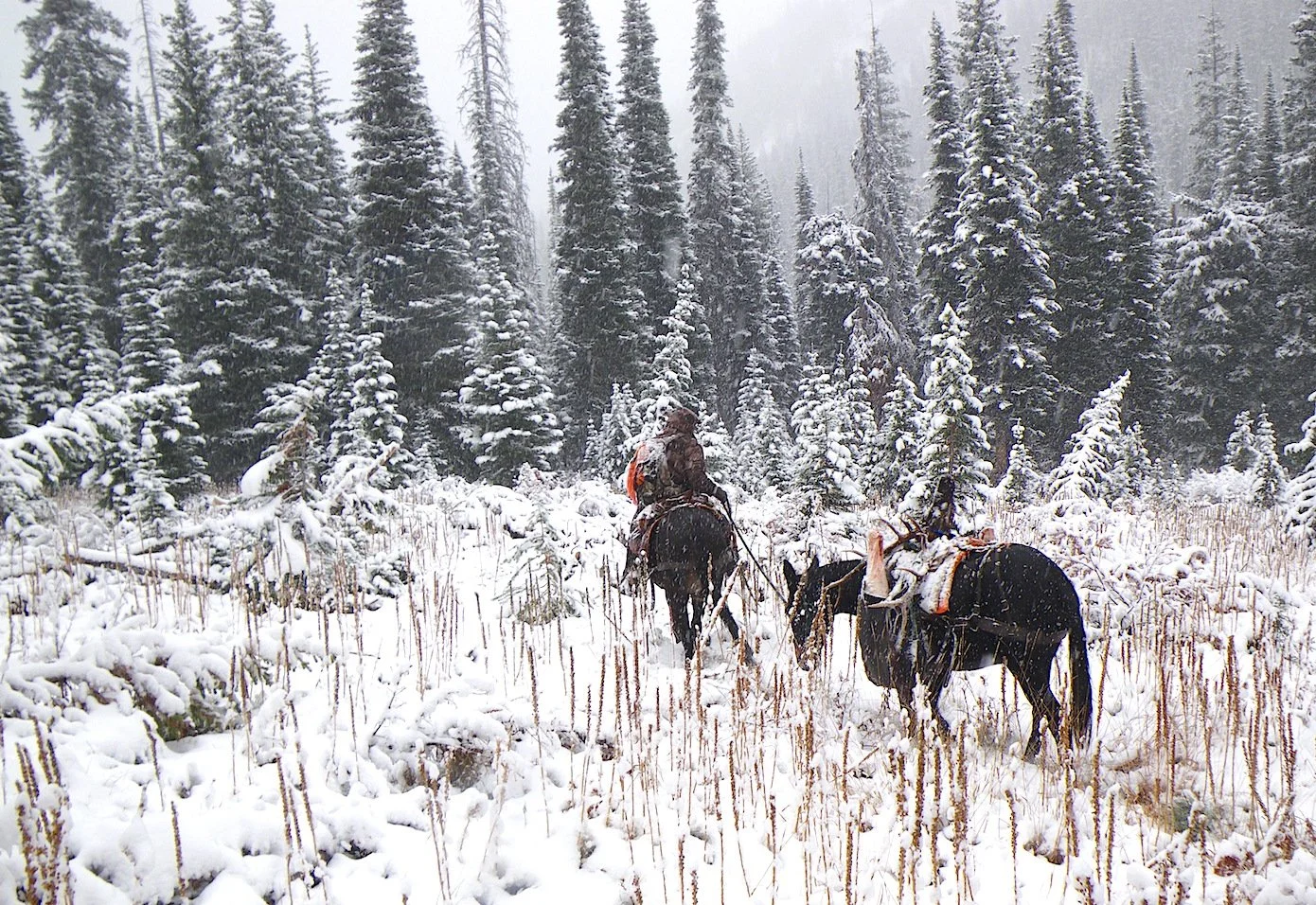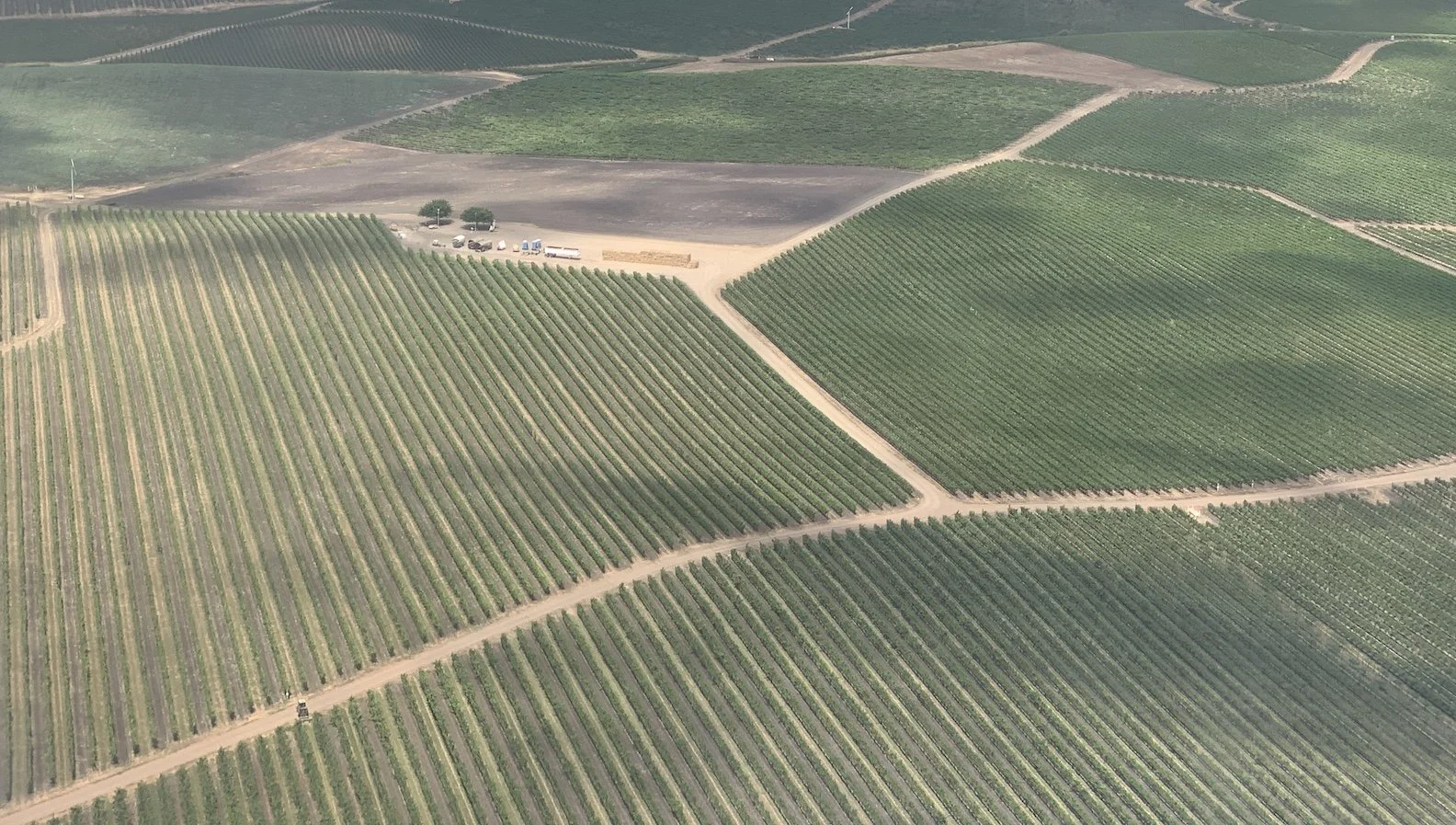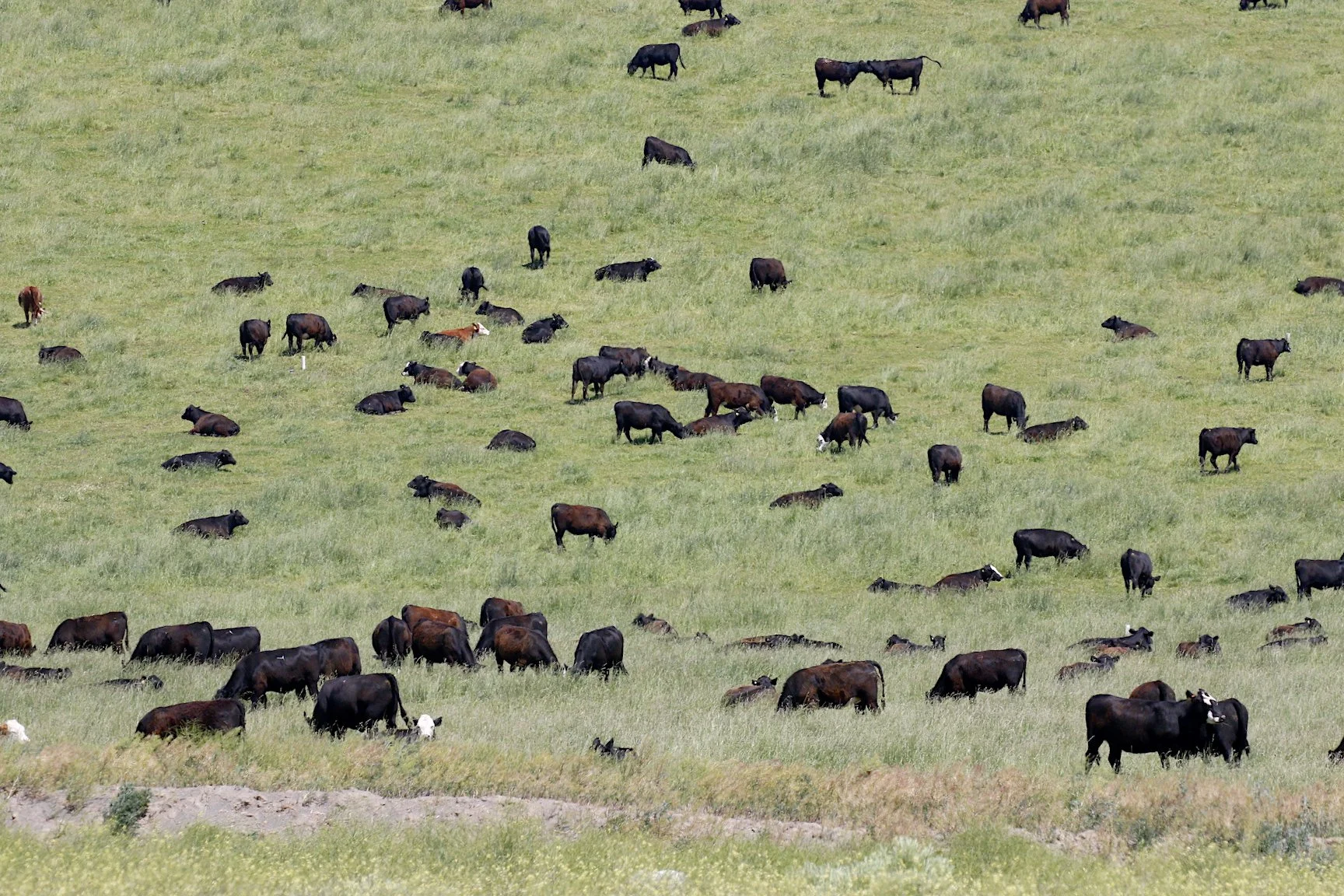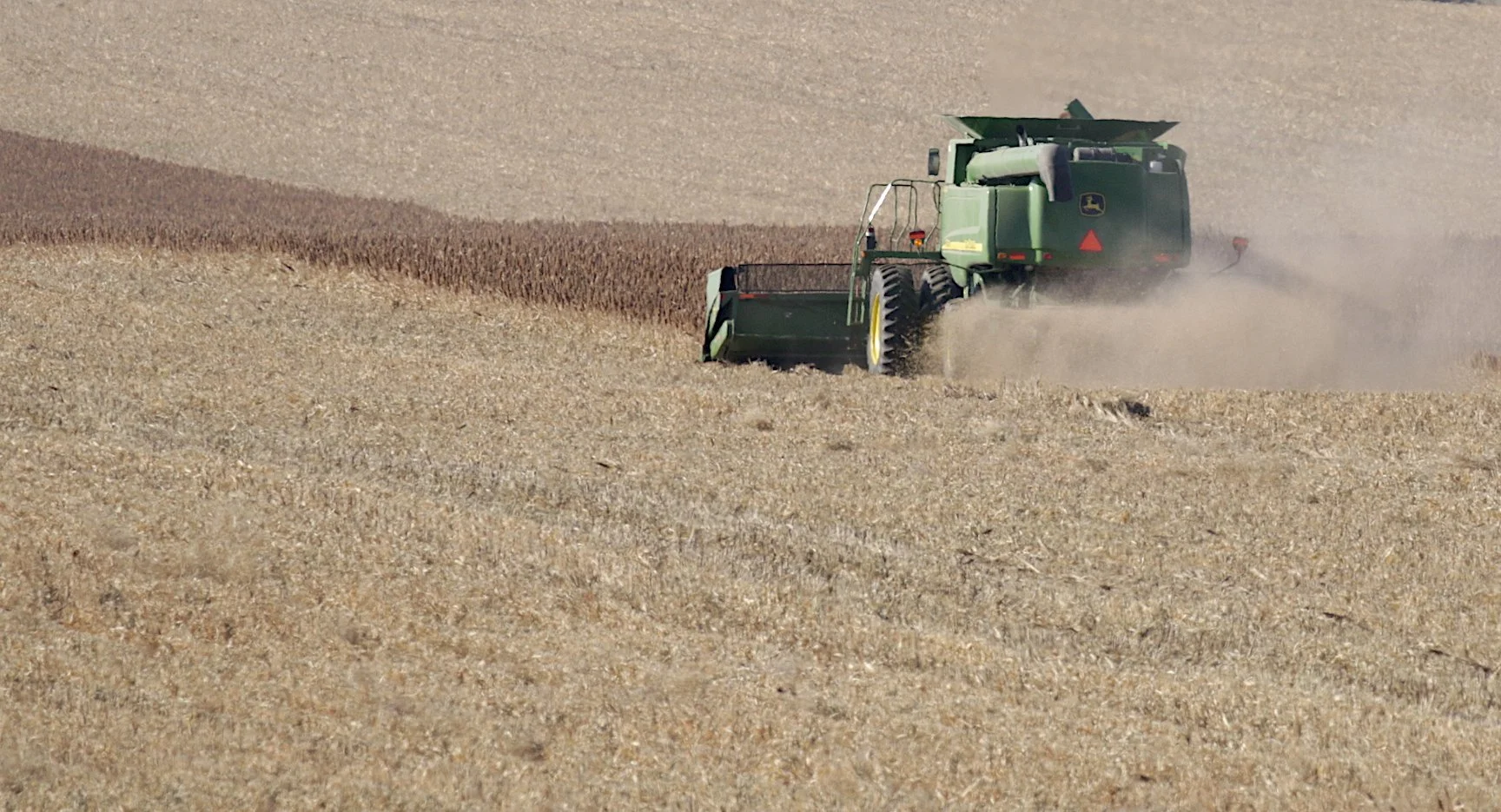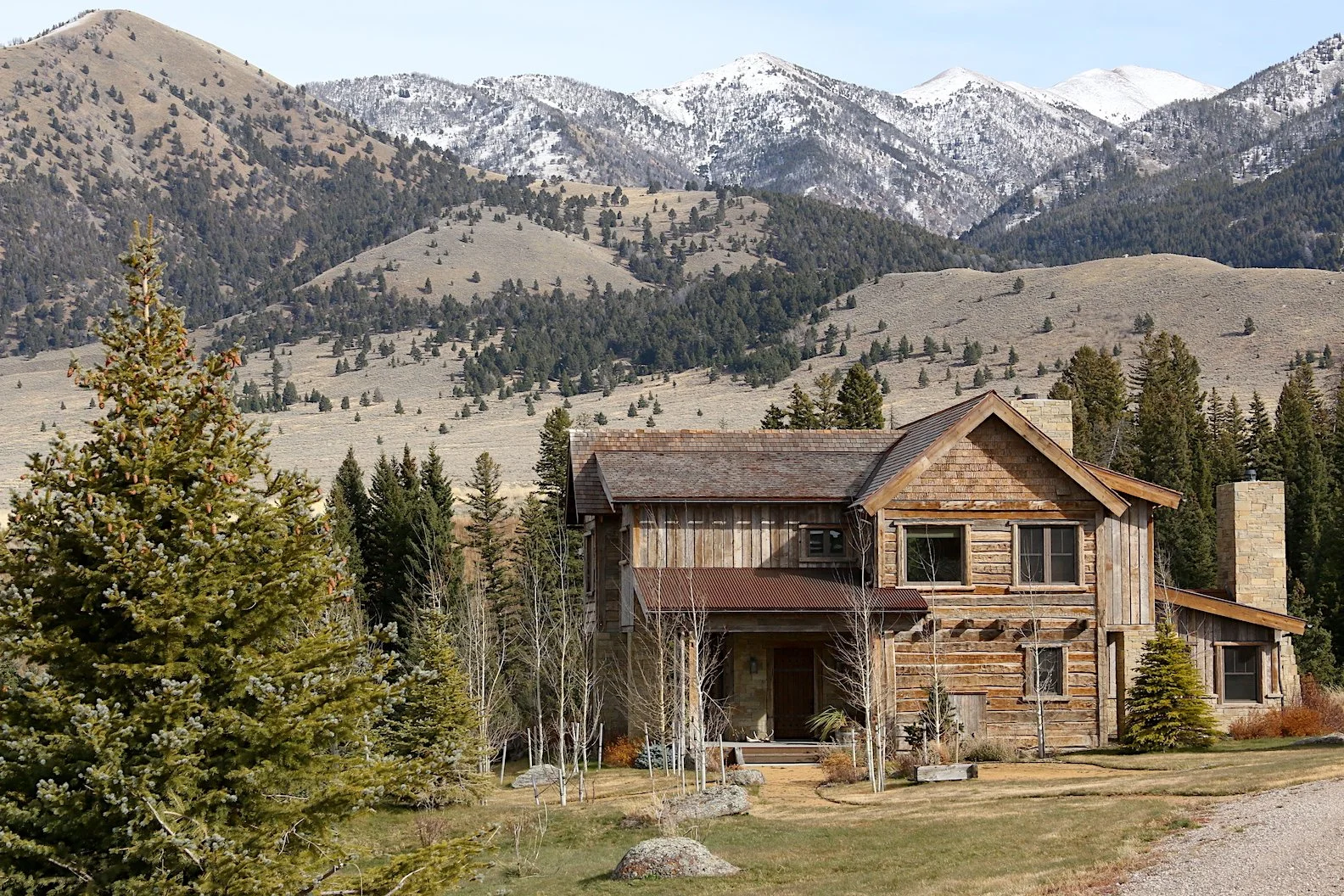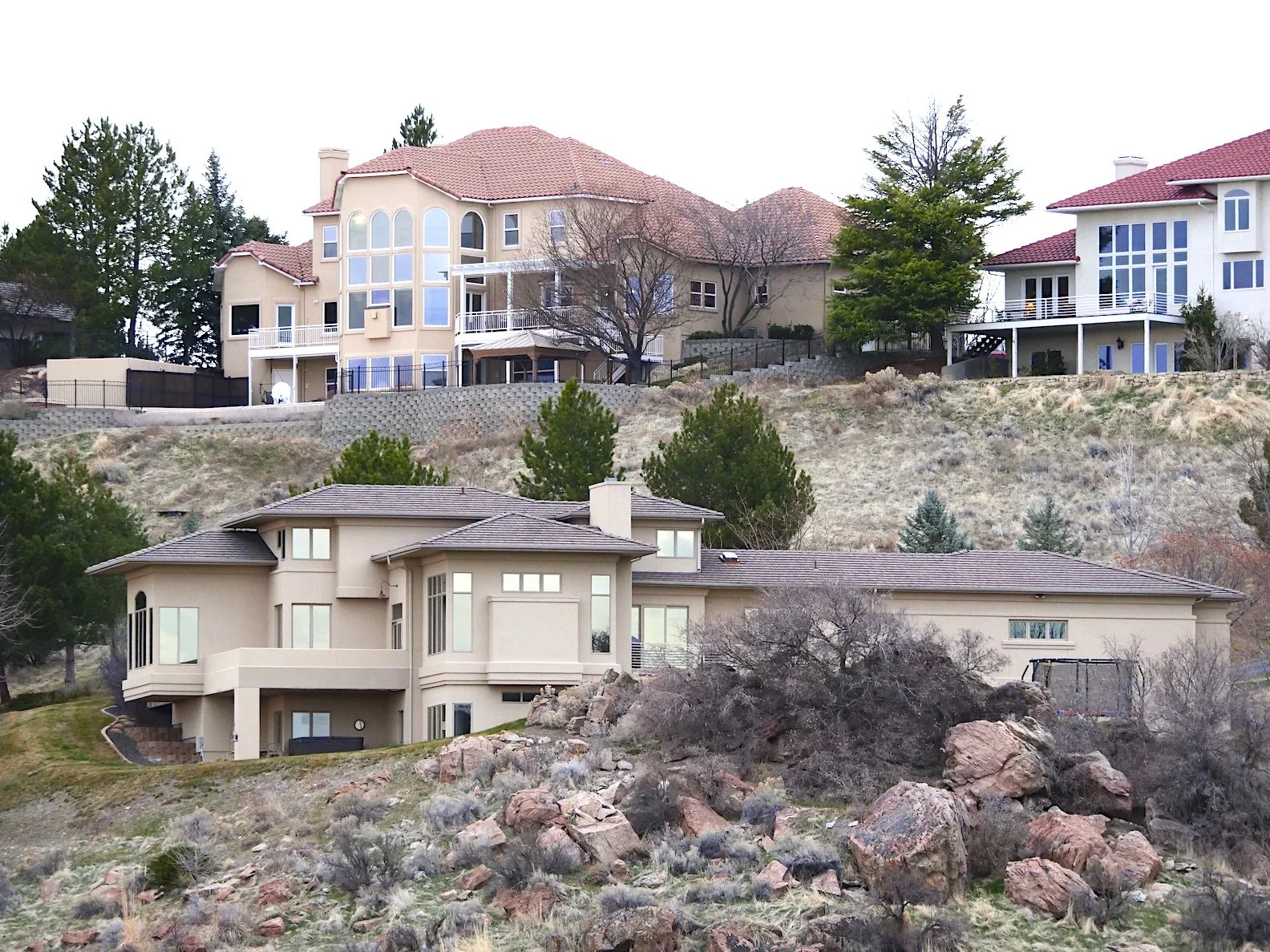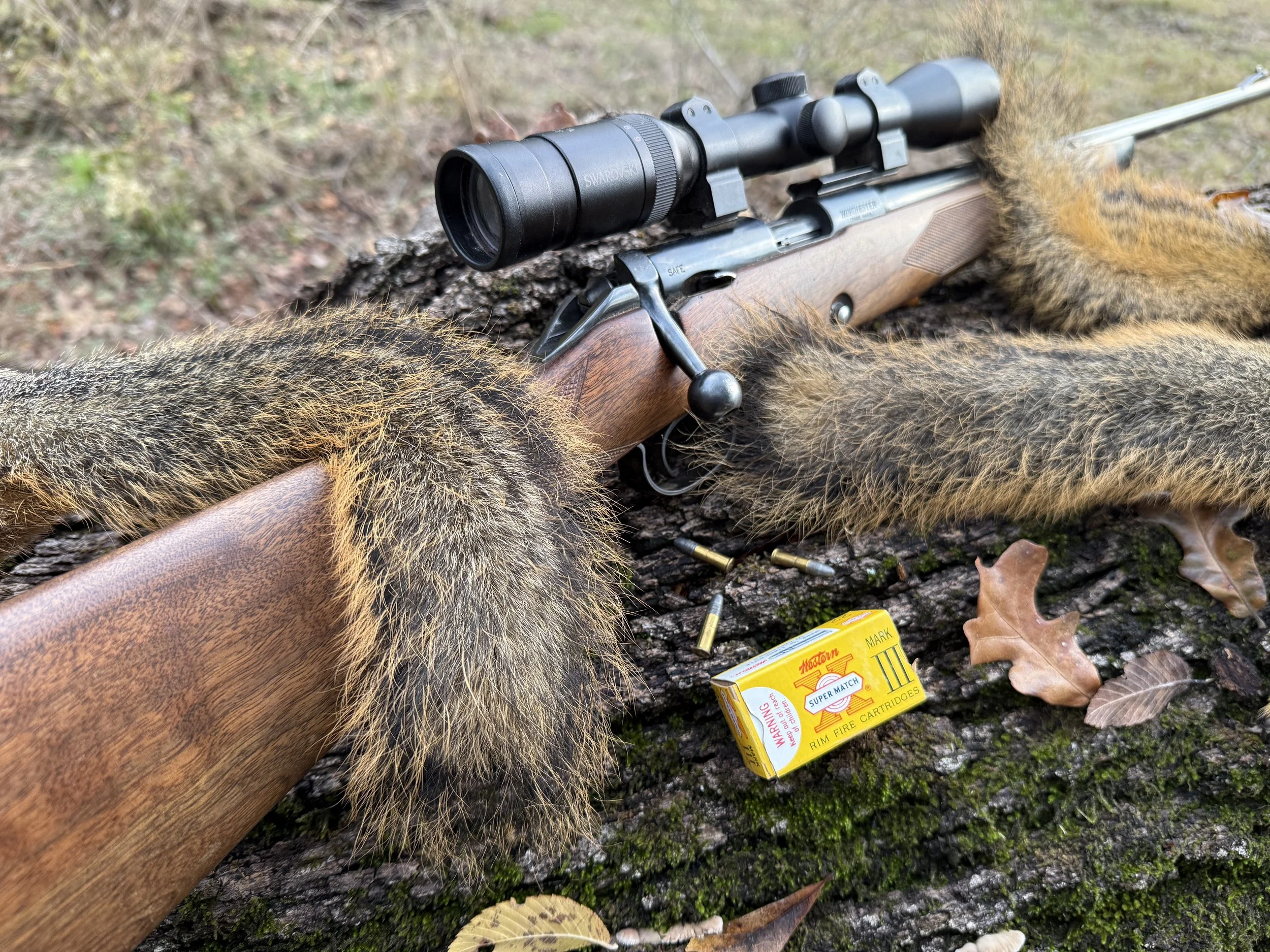Jackson Hole Elk Devastated by Hunting?
by Ron Spomer
Jackson Hole in Wyoming has elk. Perhaps too many elk. Roughly 11,000 elk crowd into the National Elk Refuge each winter for their daily handout of hay. This overcrowding creates potential disease problems. Yet, according to a recent report in the Washington Post, elk herds were once “devastated” by hunting and settlement that cut off migration routes.
Forgive me if I’m over-reacting, but as a lover and protector of wildlife and wild places, I’m fed up with half-truths and lies that blame hunting and hunters for serious wildlife declines. It’s a misconception that contributes to more declines in wildlife and wild places because modern, regulated, sustainable use hunting benefits and increases wildlife numbers.
I repeat: modern, regulated, sustainable use sport-hunting increases wildlife numbers. And the so-called overpopulation of elk in Jackson Hole proves as much. After sport hunters pressured the government to end market hunting and stop poaching in and around Yellowstone and Jackson Hole, elk herds quickly bounced back. They’ve been hunted annually and sustainably ever since.
Alas, most who read this Post article will remember that “hunters” decimated elk. They won’t read anything about hunters ending poaching and restoring herds because that wasn’t in the article. The simplistic assumption that hunters threaten and destroy wildlife is repeated and echoed in popular media so often that the average westerner knows that “you can’t protect wild animals IF YOU KILL THEM?” But… But Nature disagrees. Nature is realistic, not simplistic. And Nature insists on killing wild animals. Annually. Regularly. Essentially.
The natural truth is that hunters have been hunting elk for tens of thousands of years. Those hunters include truck drivers, lawyers, plumbers, actors, ranchers, mountain men, Cheyenne, Sioux, cougars, grizzly bears, Arctic wolves, dire wolves, saber-tooth cats, eagles… You get my point. Hunters. Nature made and demands hunters. And by some miraculous stroke of luck, wildlife thrives, predator and prey alike. But the author of an East Coast newspaper found it essential to report only hat human hunters devastated elk herds in Jackson Hole “more than a century ago.” Clearly, human hunters are the bad guys. Yet the problem in Jackson Hole today is too many elk?
Is it too much to ask that these professionally trained gatherers and reporters of truth, justice, and the American Way get their facts straight? Can they not flip through a thesaurus to find words like “exploitation, market hunting, and poaching.” Pick one. Use it. And shock the newspaper reading population with something wildly different — accurate reporting.
This latest Post story shouldn’t surprise us, given a half-century of similar slights and outright attacks on hunting in the press. But it should re-remind us that we must be ever vigilant. If we hunters who daily fight and pay for wildlife protections and restorations don’t defend our programs, we will lose them and the wildlife that depends on them. And we’ll lose our ancient, honorable tradition of hunting, too. We must be alert to these subtle, insidious slanders. We must point out these blatantly inaccurate depictions of hunters as a threat to wildlife. Poachers, market-hunters, perhaps vandals are the accurate descriptors.
But there’s something else at risk here. The subtle, ongoing denigration of “hunters” threatens wildlife because it deflects from the real causes of wildlife declines. With “hunters” so handy and easy to scapegoat, everyone else gets a pass. Vegans, farmers, tourists, golfers, bikers, home owners … They all skate. We let them off the hook. After all, they didn’t shoot any elk. So wildlife devastation continues.
Lovely. Row after row of wine grapes. But there will be no elk feeding on these valuable vines. Some consider this as proof that there are too many elk for the available habitat. Similar situation in downtown Los Angeles, Boston, Denver, Chicago… And they want to blame sport hunters?
Wait a minute? How can bikers, tourists, and home owners be blamed for Jackson Hole elk problems? They aren’t shooting them. The answer, surprisingly, is in this same Washington Post story. In reporting on the Jackson hole elk feeding problem, the author touched on the real reasons for this unnatural elk feeding frenzy — habitat conversion. The wild valley in which Jackson Hole elk traditionally foraged has been taken over by humans. Ten thousand-square-foot trophy homes do not great elk habitat make. Bike paths and highways do not feed elk. Cattle pastures don’t leave much forage for wintering elk. Hunter conservationists saw this coming long ago and lobbied for creation of the National Elk Refuge to protect a slice of the valley before it was all converted to human use.
“It (the Refuge) has since morphed into a tool to keep the animals… away from ranches and roads…” the author wrote. She then quoted the National Elk Refuge feed grounds manager as saying “If you skip a day, they go to the neighbors. They go looking for food.” And then the reporter mentioned “a golf course and horse farms across a busy highway.”
Bingo! Here is the real story, the real reason we have a National Elk Refuge and winter feeding program in Jackson Hole. We aren’t feeding 11,000 elk because herds were devastated by hunters 100 years ago. We’re feeding them because farmers and ranchers and townspeople and golfers and bikers and everyone else who wants a piece of the Rocky Mountain high have usurped elk wintering habitat. Elk have nowhere else to go but the Refuge where they must be artificially fed to prevent mass starvation. And this concentration is thought to be a disease time bomb ticking away.
Grazing hundreds of domestic livestock on range that was critical elk winter forage 200 years ago doesn’t leave much for today’s elk herds. Gosh, just too many elk for the available habitat, I guess.
The solution is simple. We can stop feeding and concentrating elk where diseases such as CWD can more easily spread. All we have to do first is tear down fences, build highway-crossing overpasses, and allow elk to freely forage on golf courses, ranches, farms, and yards. But do keep them off my yard, please. I’ve spent thousands of dollars planting shrubs, fruit trees, grass, and garden vegetables for our family and the wild birds we love.
I’m being a bit facetious here to make a point. We all want to have our elk. Just not at any inconvenience to ourselves. Yet, we and our selfish desires really are at the heart of this and most wildlife “problems.” Across America farmers and ranchers usurped wildlife wintering habitat during the pioneering era. Anyone who eats shares responsibility for this. These land managers aren’t taking all the vegetative growth for their own consumption. They sell it to us. We are the ones demanding wildlife habitat be sacrificed to grow our fruits, vegetables, and steaks. Are each of us willing to exchange a few loaves of bread, a few bottles of wine, and two or three beef steaks a year to give back some ancient elk wintering meadows?
Do you eat? Chances are you’re creating demand for land that used to feed wildlife. Like elk.
Similarly, do we really need to convert acres and acres of critical elk wintering grounds into yet another playground on which to hit little dimpled balls into holes? Shooting an elk and cutting it up for the grill might look violent and destructive, but what about a starving animal on the outside of a golf course fence looking in?
Similarly, will a thousand more 10,000 square-foot “summer cabins” in the beautiful valleys of the Mountain West prevent CWD, brucellosis, and hoof disease? As author of this Post story reported, some folks claim that “If the landscape can’t support the current elk population, then the population is too big.” Oh deer. It wasn’t too big before its natural wintering valley got “developed.” Carve a few more housing developments into the hills and I guess the elk population will be even bigger!
The reporter also quoted a Sierra Club member saying “So we’re hoping there’s still time to allow these animals to move back to their natural movements.”
Move back to their natural movements? Even if you rephrase that to clearly define the speaker’s intent, I’m afraid that train has left the station. Elk can’t return to the productive old days of yesteryear because our developments prevent it. Are we prepared to remove highways, dams, fences, towns, ranches, and crop fields so elk can have their land back?
See any elk?
Much threatens elk herds in the West, especially those wintering in Jackson Hole. Solutions will involve a host of changes. They might work. They might fail. The herds may indeed die out. But one thing is certain. They will not be devastated by regulated, sustainable-use sport hunting.



